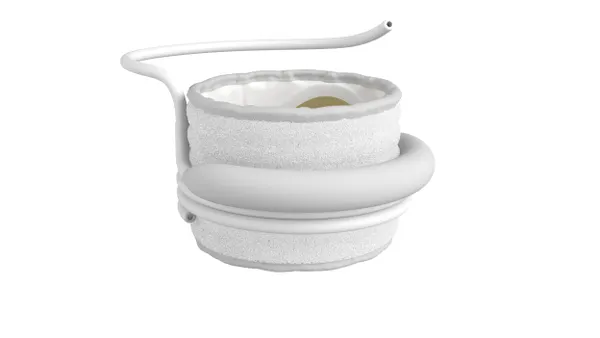Dive Brief:
-
Diagnostic and clinical laboratory trade groups have jointly written a highly critical response to a U.S. Government Accountability Office (GAO) report that said Medicare may overpay billions of dollars for panel tests.
-
The industry response accuses GAO of making “flawed and dangerous” assertions based on a “serious misunderstanding” of real-world billing practices at clinical laboratories.
-
AdvaMedDx and the other trade groups that authored the letter want to meet with GAO to explain why they think the watchdog has misunderstood the implications of the Protecting Access to Medicare Act (PAMA).
Dive Insight:
GAO's headline-grabbing finding in a report late last year was that PAMA was set to cost Medicare billions of dollars, rather than save it money as lawmakers intended. The finding rested on an analysis of the new rate calculation methodology and approach to bundled tests. GAO found the methodology could cause Medicare to pay higher rates than in the past, while its review of panel diagnostics concluded CMS could pay individually for tests that are performed in bundles.
At $10.3 billion, the forecast impact of the unbundling of panel test payments was the main driver of overcharging identified by GAO. AdvaMedDx and its allies “strongly disagree” that PAMA is driving the unbundling of payments and have survey data to support their view.
“A survey of clinical laboratories ... found virtually no change in ... billing practices between 2017 (pre-PAMA) and 2018 (Year 1 of PAMA) for the test panels at issue. Out of tens of millions of claims, laboratories billed for individual codes in a panel, rather than the panel code, in less than one-tenth of one percent of claims. The percentages are comparable before PAMA rates were implemented and after,” the trade groups wrote.
The survey data suggest that, while GAO may be right that the industry-wide abandonment of panel codes could cost Medicare $10 billion, the vast majority of bundled tests continue to be paid for collectively, rendering its concerns overblown.
It remains to be seen whether GAO will find the argument persuasive. AdvaMedDx and the other trade groups want to meet with GAO to discuss the disagreement but the government watchdog is yet to respond publicly to the letter.
If the two sides meet, the dispute over panel tests will be the top item on a list of disagreements. The industry letter to GAO also flags up concerns with another of the watchdog’s recommendations. GAO called for CMS to use average pre-2018 Medicare rates as the benchmark when phasing in payment reductions. That proposal riled the trade groups almost as much as GAO’s panel test analysis.
“By suggesting the average as the benchmark, GAO is recommending that many laboratories should have been cut by greater than the statutory limit of 10% in 2018. This proposed outcome is in direct conflict with the PAMA statute, and would have resulted in disproportionate hardship across the industry, primarily based on nothing other than the geographic location of the laboratory,” the trade groups wrote.
The disagreement is the latest skirmish in the ongoing dispute over PAMA. The one point on which the trade groups agree with GAO is that the rate reductions were based on the analysis of incomplete data. As the industry sees it, this shortcoming led to excessive rate cuts that it is challenging through legal and lobbying channels. GAO sees the same shortcoming, but thinks PAMA is failing to cut costs.
With LabCorp and Quest Diagnostics predicting the existing cuts will pressure their margins and force small players to sell up, the argument over whether PAMA is too harsh or too lenient could have big implications for the clinical laboratory market.











